I'm working on A-star optimization which would avoid excessive circumflexing of corners and find a way with mininum turns, because talking about robots it's much more effective just move forward without constant stops and calculating further steps.
I've developped own approach but something is missing. This approach is based on pre calculating of cross cells that stay on the crossing of free lines and columns, but there is a problem: I through out from consideration lines and columns that contain non passable cells.
To fix this I need also include sub lines beetween obstacles. And so on.
Perhaps there is better registered algorithm more optimal to my needs.
This picture shows how the path is built using minimum turns
This is the same length, but more optimal considering an absence of turns
